An interview with Francesca Bray, who has spent many decades researching the global importance of rice. Beyond the methods of cultivation, Francesca is continually fascinated by the part rice plays in politics and trade networks, modern society and human civilisation.
Francesca Bray: the inimitable power of rice
We’ve talked recently about the complex flavour profiles of olive oil, the making of balsamic vinegar, and the myriad varieties of wine across Italy and Europe. This month, in part of a deep dive into the ingredients which shape our food culture and civilisation as we know it, we take a look at the humble and yet endlessly versatile staple that is rice.
We sit down with Francesca Bray, who has spent many decades researching the global importance of rice. Beyond the methods of cultivation, Francesca is continually fascinated by the part rice plays in politics and trade networks, modern society and human civilisation.
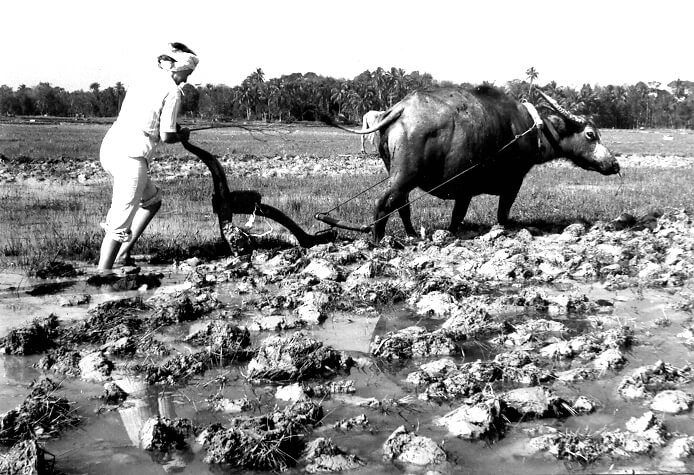
Hi Francesca. What is the significance of rice for different civilisations, and humanity as a whole?
Rice is one of the oldest crops to have been domesticated by humans in South East Asia, East Asia, China, Thailand and Northern India. A different species of rice was also domesticated separately in Africa. One of the reasons rice is so integral to the landscape and society in all these places is because it needs irrigated paddys or fields to grow in. Growing rice intensively is very, very different from dry crops like wheat or barley, which are associated with European civilization and its expansion around the world.
In ancient times the cultivation of rice was one of the sources of wealth for great civilizations in Asia, contributing to wonderful cities like Kyoto in Japan, or the great Angkor Wat in Cambodia. That said, rice was the food of the ruling class, and very often the farmers who were growing the rice couldn’t afford to eat it themselves, and would have to eat coarse foods like beans or tubers. People would pay taxes and rent in rice, and it was a very valuable commodity.
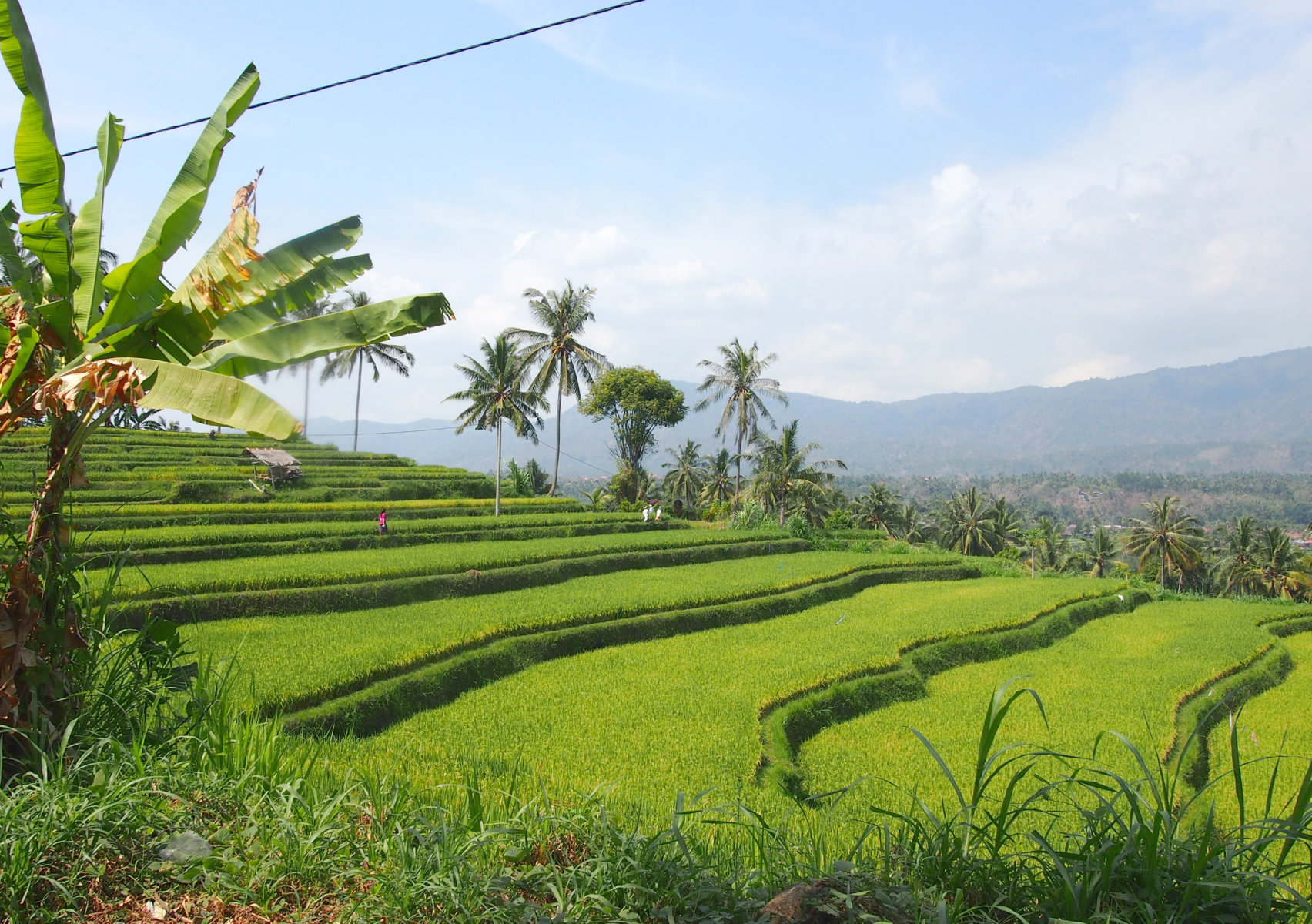
There is a connection between the peasant life associated with rice which is usually small scale because it requires a great deal of labour and careful management of water to grow rice effectively, and the urban civilizations that arise from it. It’s very labour intensive and requires a lot of infrastructure. Even something that looks like a humble little rice field has to be very carefully levelled; the walls have to be rounded; the farmer knows exactly when during the rainy season to open little walls; when to close it and how to drain it, and so on.
In ancient times the cultivation of rice was one of the sources of wealth for great civilizations in Asia, contributing to wonderful cities like Kyoto in Japan, or the great Angkor Wat in Cambodia.
So do you think that this is the reason why rice is not spread in Europe?
Well, there are two different ways of growing rice. That kind of irrigation system ties you to the land, but there is also hill rice, which can be grown up in the mountains. You can combine these forest gardens of hill rice with other crops like spices, and diversity your farm. So in Asia you have pretty much these two systems going in tandem. But the only one which made it to Europe through Islamic civilization was intensive irrigated rice, and that requires swampy conditions or irrigation which were not very common in most of Europe, and not really part of the heritage.
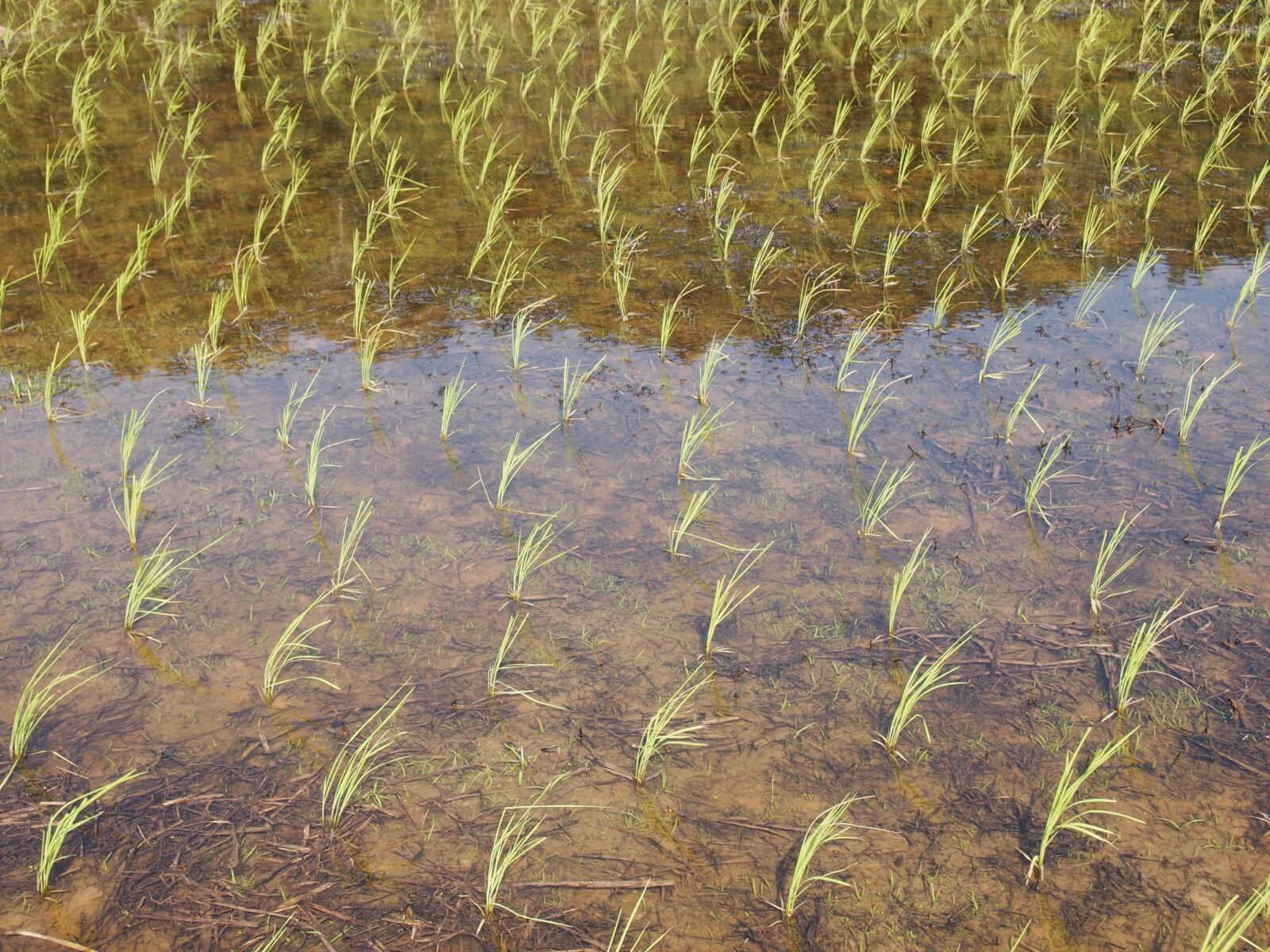
In Spain, for example, rice was adopted when Islamic kingdoms were established in the 7-8th century, and they extended all the waterworks that the Romans had installed in order to grow water-hungry crops like rice and sugar. And in Italy around Milan they had swampy regions in river plains which they were able to make into rice fields. But you are quite right, in Europe the markets for rice were very local, it’s never been a universal staple.
People who can’t afford to eat whole rice may eat broken rice. It could be a sign of how badly a country is doing when the import and sales of broken rice is going up.
And it’s interesting that you mentioned Spain and Italy. These are the only countries which have rice dishes in their national cuisine.
Another one is Portugal. Portugal is interesting because rice came through a different route much later, when the Portuguese has already started the slave trade along the coasts of West Africa. But yes, it would be considered horrific by people who really appreciate rice like the Chinese or Japanese, because historically a lot of rice which was imported to Europe was used for starch, for industry, for horse food and things like that, which from the Asian point of view is abhorrent.
What do you think is the secret of rice’s popularity, and the reason it spread so successfully through much of Asia and Africa?
Well, it’s delicious and beautiful! And you eat the grains whole, so you can appreciate how precious they are. There is a whole hierarchy built around rice dating back over a thousand years. Young rice, old rice, long grain, short grain… There are huge divides. The Italians and Spanish like to eat a more rounded rice, as do the Japanese, while in India you find long grain rice. Indonesian rice is somewhere between. There’s sometimes a feeling that if you eat the wrong kind of rice it’s not really “rice”. For example a few hundred years ago when the Chinese government tried to redistribute food to farmers after bad harvests in different areas, they had a really tough time as people wouldn’t take any other kind of rice than the one they were used to.
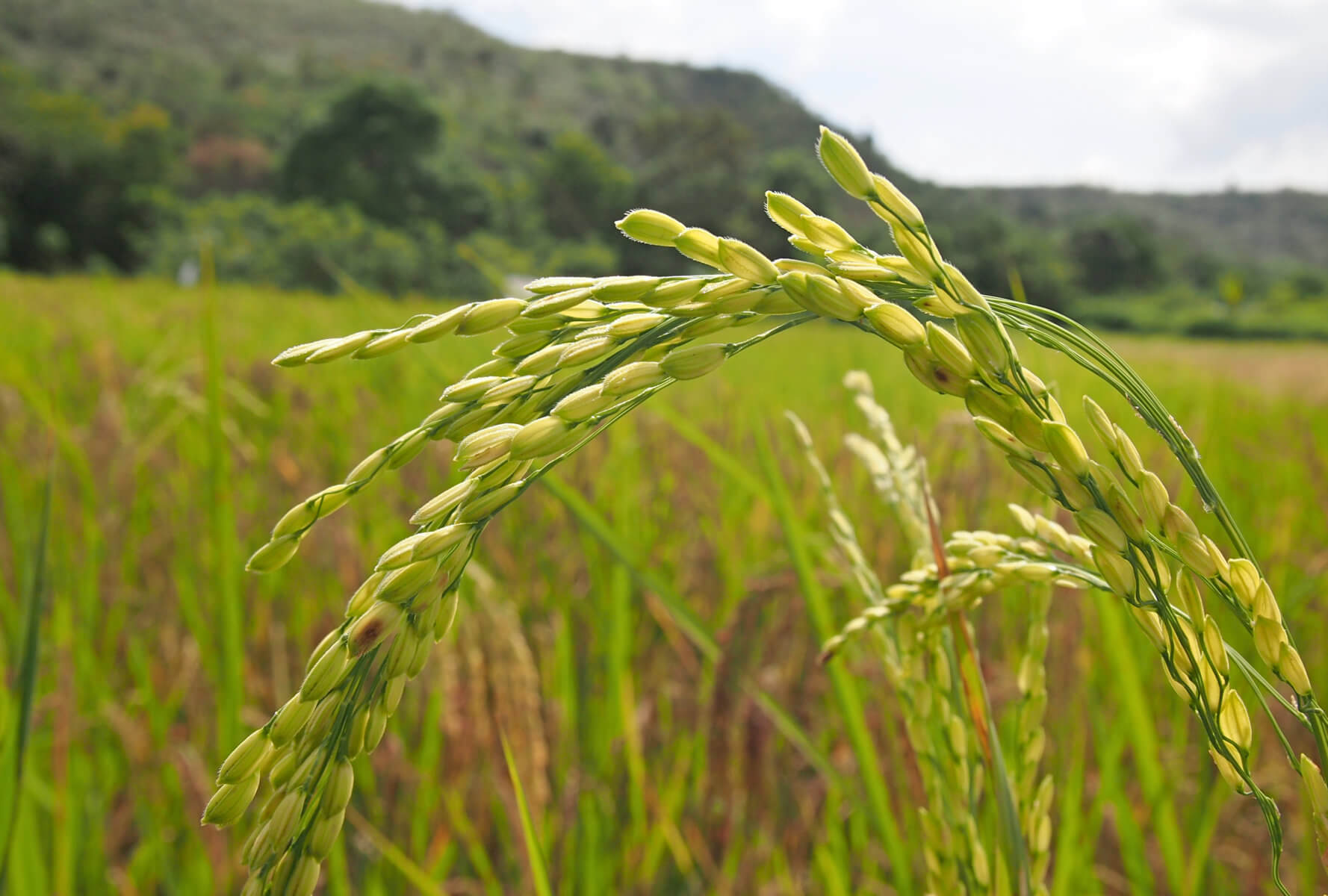
So rice really reflects the culture, the traditions and probably class differences… Would you say that different classes eat different rice?
Yes, and people who can’t afford to eat whole rice may eat broken rice. It could be a sign of how badly a country is doing when the import and sales of broken rice is going up.
If you count the population which eats rice as their main staple versus bread or potatoes, are there more people eating rice?
Yes, there are. In the olden days the poorer classes didn’t eat much rice because they couldn’t afford it, but now it is affordable, and it is the daily staple in most of China, India, large areas in Latin America as well as large areas in West Africa. It’s a very big population and a very big market: I think around 60 percent of the world’s population eat rice as their main food.
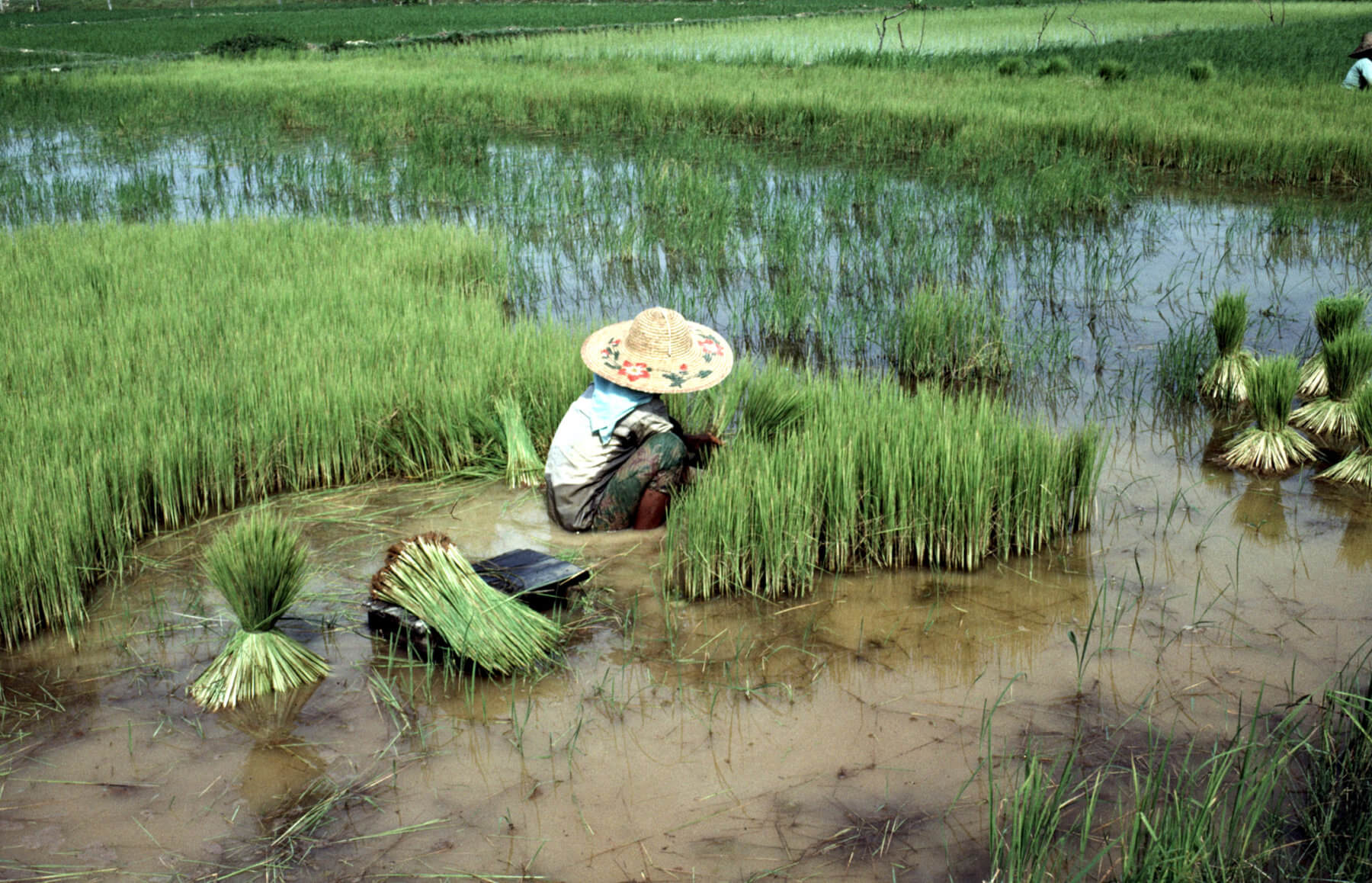
And how did you come to focus specifically on rice?
Well, I started working on the history of agriculture in China a long time ago, in the 1970s, and I discovered how crucial rice is. So I went and spent a year in Kelantan on the East Coast of Malaysia, which is an absolutely beautiful place. The farmers were growing rice there, and adapting to the times with a combination of old and new methods. And then I went back to learning how it’s grown in China, always with an interest in the common features of the irrigated crop. I was working not only on Chinese history, I was also working on Malaysiaa’s Green Revolution development. And I became a rice fanatic. Every 15 years I write a book about rice, I can’t stop myself!
Do you think rice has shaped histories and economies?
Yes, I think so. China very often couldn’t grow enough rice for its own needs. So as early as the 17 century, China was importing rice from Thailand. There was already an international rice trade, and then you get all sorts of businesses setting up, brokering the trade. I think one of the underestimated factors in the growth of modern global capitalism is these alternative trading networks with their deep historical roots.
Around 60 percent of the world’s population eat rice as their main food.
What do you think is the future of rice growing?
Well, what’s a little bit worrying is that everyone is fixated on the methane coming out of the rice fields. I know that in China the state puts a lot of effort into researching and developing varieties or techniques for growing rice which reduce methane emissions. I don’t think that it will make that much difference for global warming, but it’s very important that if we continue to expand rice growing as we have been, we research how to use water more effectively, and drastically reduce chemical fertilisers, which are a disaster.
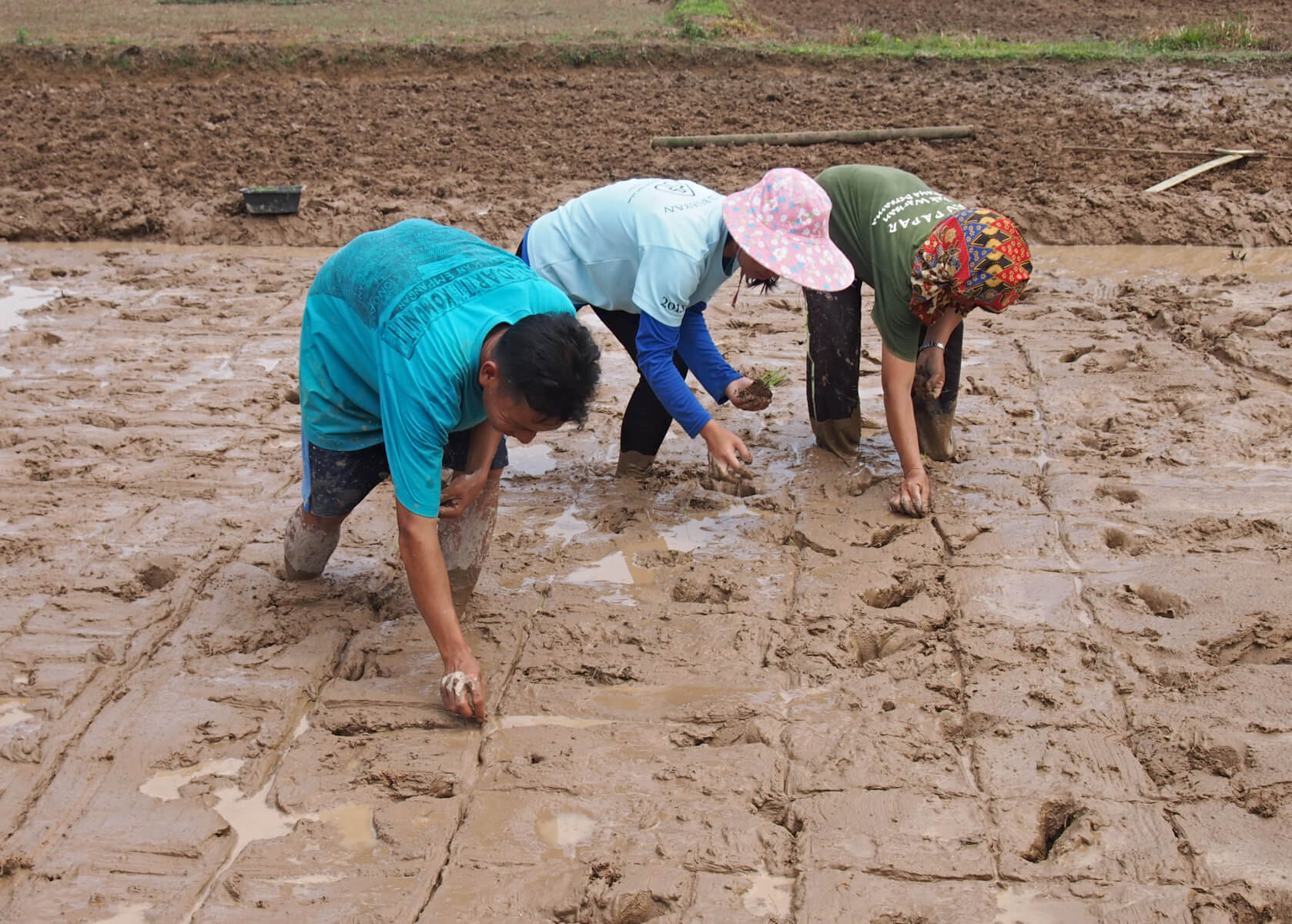
Does rice growing contribute to global warming?
The theory is that when the water is standing in rice fields it emits methane, and methane contributes even more to global warming than carbon dioxide. I don’t know what people will propose as an alternative though, because growing wheat is not good for the planet either and it damages the environment in other ways. I think it would be a great achievement if we could come up with techniques which required less water and definitely less chemical fertiliser. This probably means going back to some old varieties. The new “miracle rices” developed during the Green Revolution allowed countries to double their rice output in a decade or so, but this rise in yields depended on huge chemical inputs, huge amounts of water. That didn’t seem such a pressing problem in the sixties and seventies as it does now.
Is there such a thing as genetically modified rice?
Yes. They have been working on exactly this at the International Rice Research Institute (IRRI) in the Philippines, in China and probably in other places too. One of the things IRRI planned to launch was ‘Golden Rice’. It took a really long time, and involved many rice institutes, and as far as I know still it’s not publicly released. The ‘golden’ part referred to the colour of the rice. Its genes were modified to make the rice produce vitamin A, beta-carotene. Lack of vitamin A is a problem for people eating very restricted poor diets, especially children: it causes blindness and things like that.
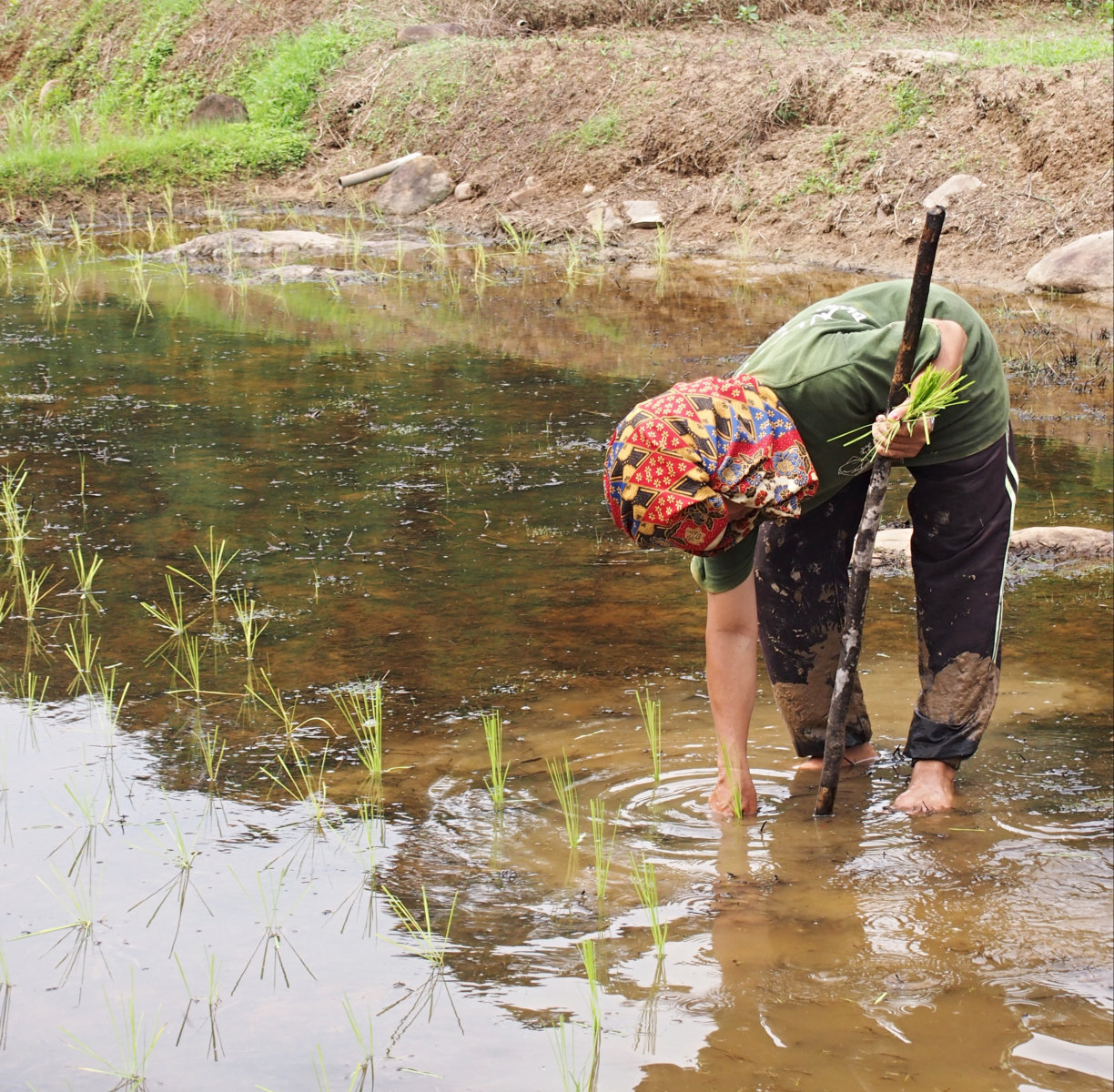
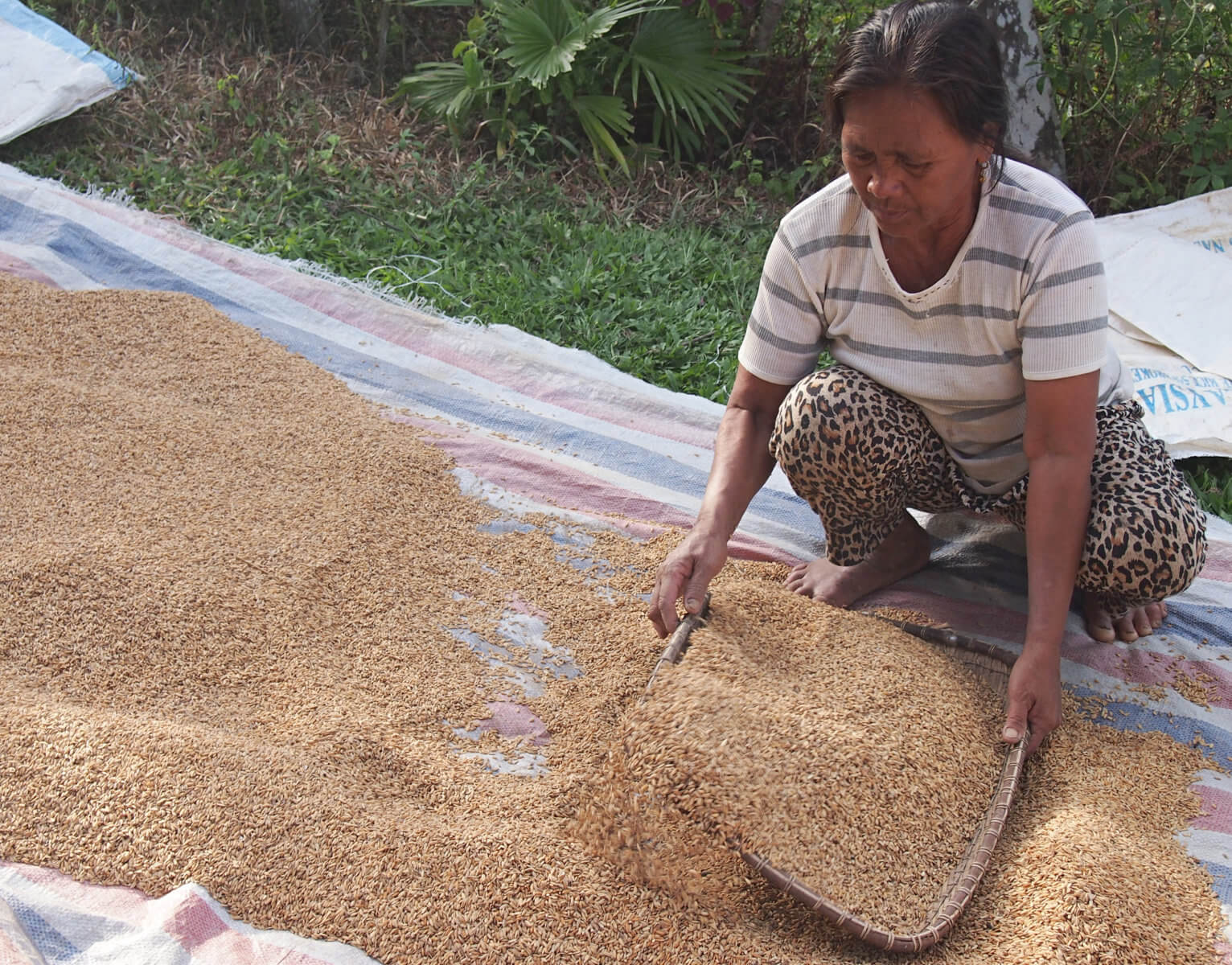
There was a lot of pushback though. The idea was that you put the vitamin in the rice… but you’d have to eat something like 5kg a day to get your vitamins, so it was argued that a better solution would be to give people more money so they could afford to buy vegetables. Another problem was about intellectual property and licensing. In many cases, genetically modified crops have been licensed by the company that developed them as if they were software, and then farmers can’t save the seed and use it the next year, because they are considered to be infringing copyright. It’s about corporations controlling farmers, and the International Rice Institute was very cautious about how they were going to license this new seed for companies to produce and distribute. It had to be free for poor farmers, that would be the whole point, but they came up with long and convoluted definitions for what is to be a ‘poor farmer.’ It’s going to be the same with any seeds that they make, because it will become an intellectual property. So I think it might be better simply to improve the old fashioned methods of cultivation.
